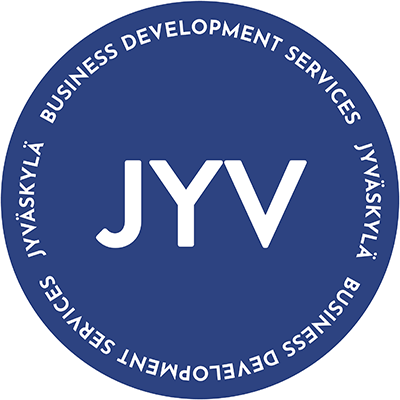Smart Outdoor Lighting Reduces Light Pollution

The amount of light pollution is increasing globally, including in Finland. Urbanization, construction, and the expansion of residential areas are increasing artificial lighting and its adverse effects. However, light pollution can be reduced through good design and simple measures.
Light pollution refers to lighting that is disruptive, harmful, unnecessary, or overly intense. For humans, glare, flashing lights, and bright surfaces affect vision, and the layering of different types of lighting can interfere with hormonal activity. Research also suggests that light pollution and disruptive lighting may contribute to obesity, depression, sleep disorders, diabetes, and an increased risk of breast cancer. For animals, light pollution disrupts navigation, hunting, and mating behavior. Plants, on the other hand, experience disturbances in growth rhythms due to excessive light.
Light Pollution is an Environmental Challenge
Environmentally friendly lighting is defined as lighting that causes minimal harm to plants, animals, and humans. In Finland, environmental perspectives are well understood, and there is information and guidance available on how to reduce light pollution. Environmentally friendly lighting is primarily about the quality of light, not so much the quantity.
- For example, Jyväskylä is a pioneer among many cities. Lighting work has been ongoing for a long time, and practices are well-established, which makes it easier to transfer knowledge even to industrial areas. In recent years, policymakers have also become more aware of the issue of light pollution, says Elisa Hillgen, CEO of the Illuminating Engineering Society of Finland.
Hillgen previously worked in Jyväskylä as a lighting expert, designer, and consultant, and she authored the Eco-friendly outdoor lightning guide. According to her, attitudes toward the need for lighting have shifted.
“Energy crises and electricity prices have contributed to the increased acceptance of measures like turning off street lights at night.”
%20(2).png?width=710&height=426&name=Nimet%C3%B6n%20(2000%20x%201200%20px)%20(2).png)
Elisa Hillgen.
Focus on Planning, Proper Fixtures, and Direction
Often, the move toward more environmentally friendly lighting begins when a company or organization wants to upgrade its outdated lighting. Planning is crucial, and it’s recommended that an expert perform a light disturbance analysis and select fixtures that direct light downward. For example, old globe-shaped outdoor lights direct light toward the sky and horizon.
- Large yards often use large floodlights that cover broad areas, often including unnecessary spots. Only the property itself should be lit, and the light should be directed downward, advises Hillgen.
Lighting can also be controlled and timed. For example, on sports fields, lights can be turned on only when the field is in use. If the light is focused solely on the field, disturbances are reduced.
- In greenhouses, however, there's still work to be done to manage light direction. At night, light should be directed downward. These solutions require significant investment, but the impact will be substantial, Hillgen says.
The color temperature and intensity of light also matter. While LEDs brought energy savings, they also introduced cooler (bluer) light.
- Now we’re returning to warmer tones that reflect and scatter less into the sky. There are more orange-toned, very warm, and even red options available. Guidelines now recommend using warm white light, and this is increasingly being suggested even for sports and industrial areas.
Saves Costs, Enhances Corporate Image
By lighting only the necessary areas, money is not wasted. Investment in environmentally friendly lighting pays off in many ways. In addition to cost savings, the benefits extend positively to neighbors, the business environment, employees, and nature.
- Reducing light pollution is a shared responsibility. Decision-makers are already taking it seriously, and it’s also a positive image-building act. Companies and organizations have access to support, guidance, and advice, Hillgen encourages.
Environmentally friendly lighting is part of the Green Industrial Areas (GIA) project involving countries in the Baltic Sea region. The project aims to develop tools and build a multinational certification for sustainable industrial areas. According to GIA project manager Timi Tiira, light pollution is becoming an increasingly relevant topic.
- Once greenhouse gas emissions are under control, light and noise pollution will be the next major focus, Tiira predicts.

The Green Industrial Areas (GIA) project aims to promote the sustainability of industrial and business areas by creating tools and establishing a multinational certificate for sustainable industrial areas during the years 2023-2025. The GIA project is implemented in collaboration with countries in the Baltic Sea region, with Jyväskylä City and the Regional Council of Central Finland representing Finland. The project has partners from Germany, Poland, Denmark, Latvia, Lithuania, and Sweden. The project is led by the Ministry of Economic Affairs, Infrastructure, Tourism, and Labour of Mecklenburg-Vorpommern in Germany. The GIA project is funded 80 % by Interreg Baltic Sea Region financing. In addition, the project utilises its own funding and national co-financing.


